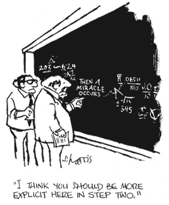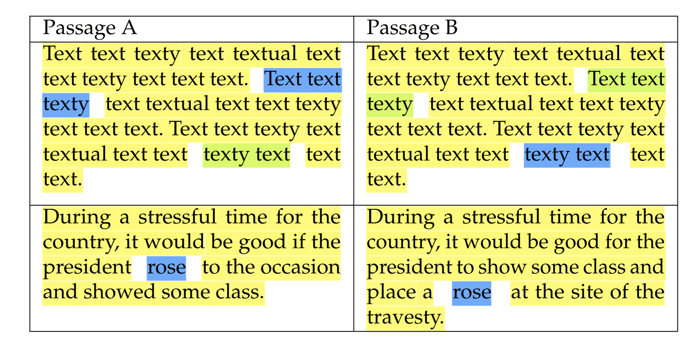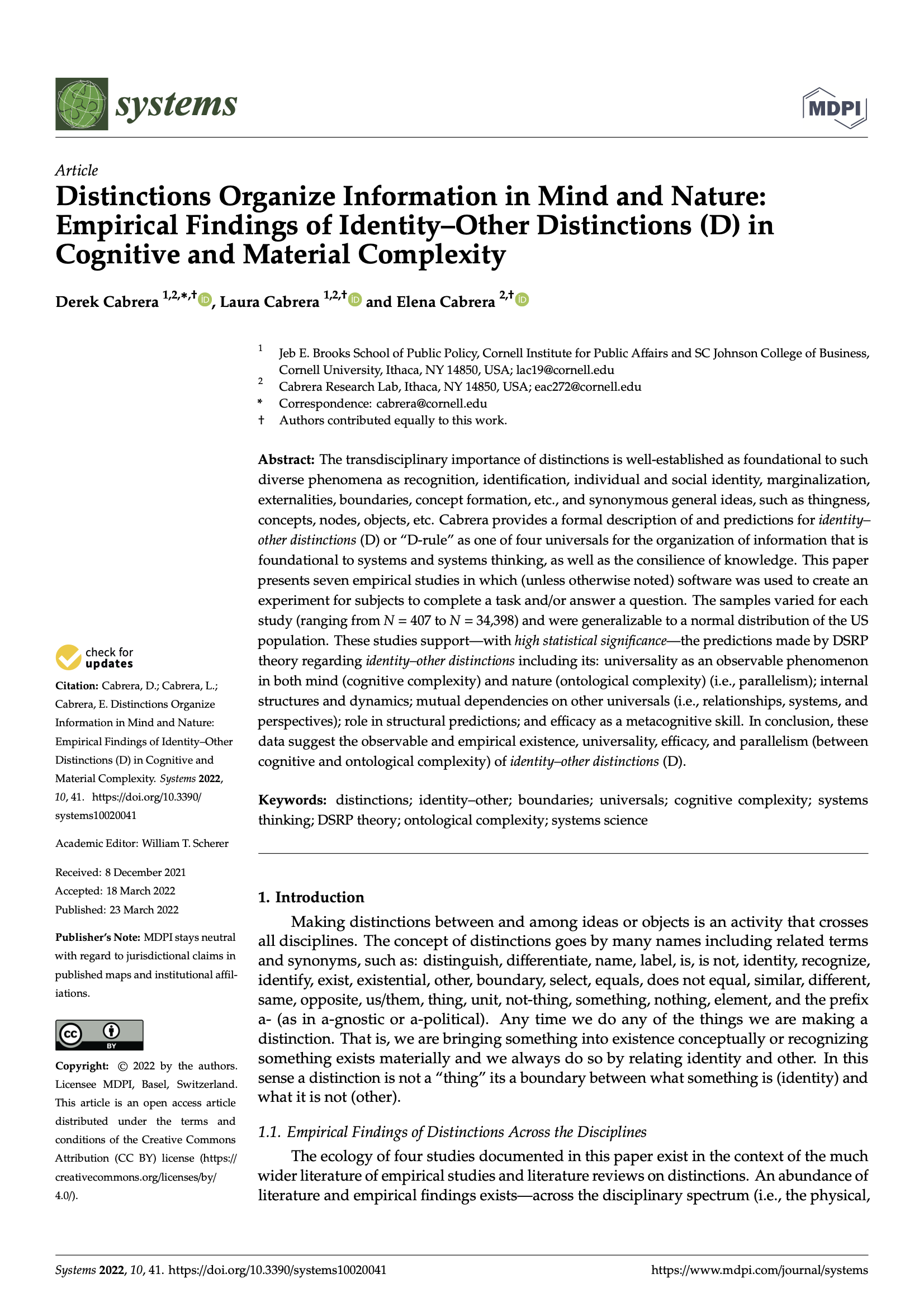Context is the Enemy
 Derek & Laura Cabrera
·
3 minute read
Derek & Laura Cabrera
·
3 minute read
Another System Thinking trope that gets my dander up. Not because it's ill intentioned but because so many well-intentioned people do it.
In discussions on systems thinking we often hear, "well, it's all about the context." Or, "what about the environment."
Recently, our lab posted this post (and poster).
I received a post that said:
I really like this, its simplicity is its power, and is a useful reminder for anyone or any team tackling complex problems. But I wonder whether there is a sixth question which is: in what environment do these parts and relationships exist?
It's a genuine and good question. However, the answer is unequivocally no. Because, 'environment' is just a part of the system made up of many parts itself.
But, as usual, the devil is in the details... the problem is that we've made terms like environment and context catch-alls for lack of specificity in understanding the system.
 Generally speaking, what we've seen in our work and research is that "environment" and "context" and other terminology is often [ironically] used as a way to not look at the system as systemic. A snippet of a recent publication might clarify...
Generally speaking, what we've seen in our work and research is that "environment" and "context" and other terminology is often [ironically] used as a way to not look at the system as systemic. A snippet of a recent publication might clarify...
<start snip>
Cabrera, D.; Cabrera, L.; Cabrera, E.; Distinctions Organize Information in Mind and Nature: Empirical Findings of Identity-Other Distinctions (D) in Cognitive and Material Complexity. Systems 2022, 10, 41. https://doi.org/10.3390/ systems10020041
As shown in Figure 5, the relationship between identity and other is easily illustrated by the Ebbinghaus illusion or “Titchener circles.'' It is an optical illusion in which the perceived size of a circle changes relative to the size and proximity of the other circles surrounding it. This means that the identity of the center circle is not only dependent on the characteristics of the central circle itself, but is intimately entwined with the other circles that surround it.
%20(2)-png.png)
Figure 5: The two orange dots are the same size, but their 'context' makes them look like they are different sizes.
Much like the circles, text and context have a similar relationship, as the meaning of a word or phrase is dependent on its context (or surrounding text). In other words, text gets its meaning internally from how it is defined (in a dictionary, for example) but also externally from its context (literally together with text). Yet, this context is not an amorphous cloud of meaning generating ether. The context itself is just more text. This can be seen in the imaginary text passages below in Table 6. In this example, blue is the text being defined (i.e., the identity) and the yellow is the contextualizing text (i.e., the other). Note that the text in Passage B is merely part of the context in Passage A and vice versa (shown in green). In the second row of Table 6 you see a specific example using a homonym "rose" which can have different meanings depending on its context.
 Table 6: Example of identity and other in textual context.
Table 6: Example of identity and other in textual context.Indeed, by analyzing the relationship between text and context (in a literary sense), it gives us a better understanding of what we mean when using the term context beyond the literary domain. It is often said that, "it depends on the context." But what we see here is simply that context isn't some mysterious cloud that surrounds a thing. Context is the other things: other text, other people, other organisms, other things in the environment, etc.
Whether the identity is visual, linguistic, even self-identity or otherwise, a thing gets its identity not merely from itself or its existential qualities, but also from its relationship to others. We are reminded of the Zulu greeting, "Sawubona'' which means "I see you" and the response "Ngikhona'' which means "I am here." As always when translating from one language to another, crucial subtleties are lost. Inherent in the Zulu greeting and grateful response is the sense that until you saw me, I didn't exist. By recognizing me, you brought me into existence. A Zulu folk saying clarifies this, "Umuntu ngumuntu ngabantu," meaning "A person is a person because of other people.” This reinforces the notion that identity and other mutually define one another. Additionally, the i/o structure of Distinctions exists across all of our sensory inputs in which we receive information: visually, aurally, linguistically, orally, and olfactorally. And while we know that Distinctions are made across all of our senses, the extent to which we are aware of the distinctions we make is equally relevant to explore. In other words, it is simply not enough to make distinctions in numerous ways, it also matters whether or not we are aware that we are making them.
The theoretical construct of identity-other Distinctions (D) is not merely accounting for all the identities and others that take place in mind and nature. Instead, it pushes our theoretical boundary from the bivalent to the multivalent. From the static to the dynamical. In so doing, it treads not merely on synthetic and analytical realms, but seeps into the ethical. Recognizing that an other exists whenever an identity forms—a theoretical prediction of DSRP Theory—is part and parcel of ethical behavior and the prosocial perspective taking that undergirds compassion and empathy for others.
<end snip>
The point is, we want to understand the system. If the environment or the context is important then include it in the system. Sure, there are always externalities, but often those externalities are dampened by system boundaries and hierarchical structure. We should stop using environment and context as discrete encompassing objects that things interact with. The environment and context are the things themselves interacting!
This is just one of the "Sacred Cows" of Systems Thinking. Click the link to see all all sacred cows and their scientifically valid replacements.
.png?width=150&height=150&name=CRL%20GOAT%20Logo%20(4).png)




